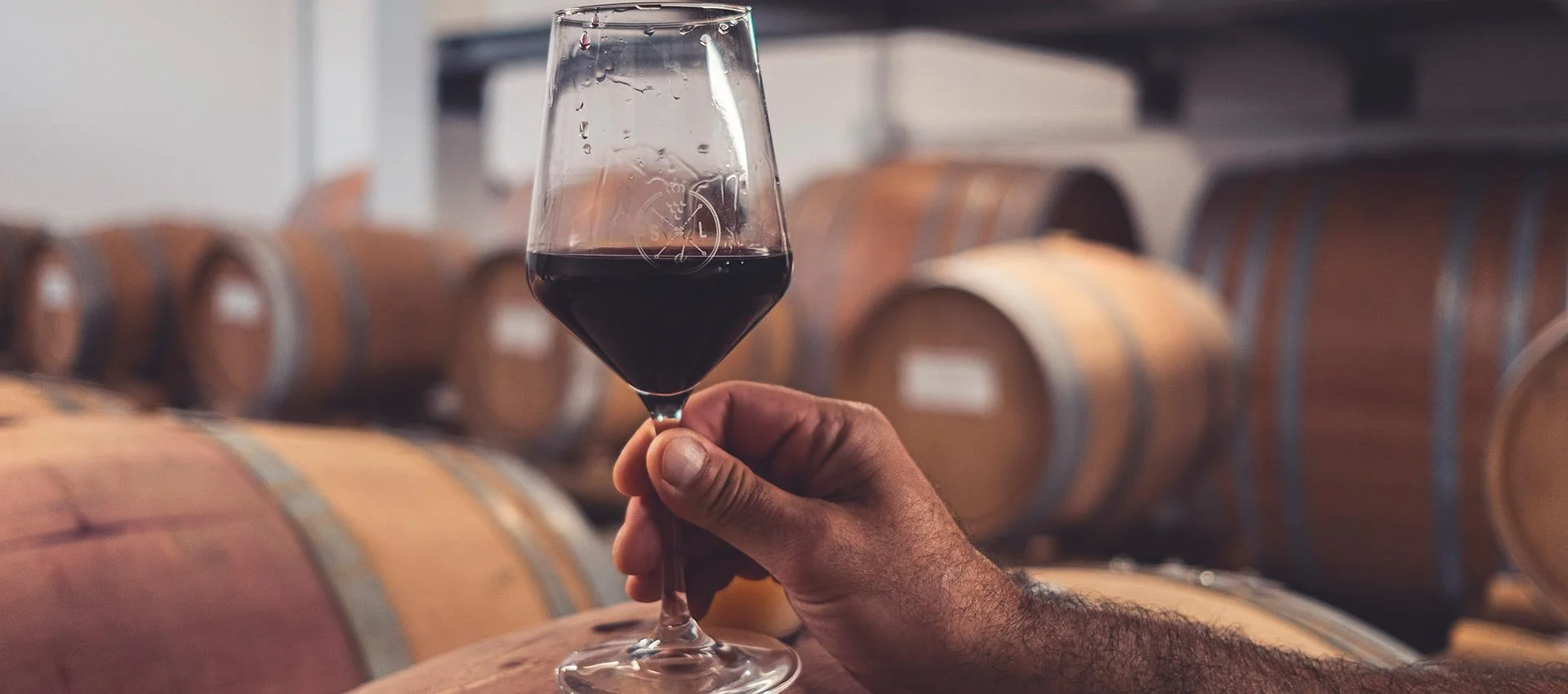Behind the Labels: IGP, DOC, DOCG. Your Guide to Understanding Italian Wine Labels
If you’ve ever been intrigued by the labels on Italian wines, particularly acronyms like IGP, DOC, and DOCG, understanding them can significantly enhance your wine experience. Let’s delve into their meanings and technical details.
IGP: Indicazione Geografica Protetta (Protected Geographical Indication)
IGP, often referred to as IGT (Indicazione Geografica Tipica), represents the first level of geographical certification for Italian wines. This EU-regulated designation ensures that at least 85% of the grapes used come from a specific geographical area.
IGP wines allow for greater flexibility in production rules, such as permitted grape varieties, yields, and winemaking techniques. This makes them ideal for innovative winemakers who want to experiment while still highlighting regional characteristics. For Marche wines, IGP labels often showcase varietals like Verdicchio or Montepulciano in a contemporary style.
DOC: Denominazione di Origine Controllata (Controlled Designation of Origin)
The DOC classification demands stricter adherence to traditional methods. These wines must meet detailed specifications, including:
Approved grape varieties: Only authorized grapes can be used.
Defined production zones: Grapes must be grown within strictly outlined boundaries.
Maximum yields: To maintain quality, the amount of grapes harvested per hectare is regulated.
Each DOC wine must also pass sensory and analytical tests before earning the label. In the Marche region, Verdicchio dei Castelli di Jesi DOC and Rosso Piceno DOC are celebrated examples of this category, offering a balance of tradition and quality.
DOCG: Denominazione di Origine Controllata e Garantita (Controlled and Guaranteed Designation of Origin)
DOCG is the pinnacle of Italian wine classification, reserved for wines of exceptional quality and heritage. In addition to DOC requirements, DOCG wines undergo:
Government seals: Each bottle is sealed with a numbered band to certify authenticity.
Tasting panels: Wines are evaluated multiple times for consistency and excellence.
Lower production yields: Ensuring even higher quality standards.
For Marche, Verdicchio di Matelica Riserva DOCG is a shining example, known for its depth and aging potential.
Why Do These Labels Matter?
These classifications not only reflect the origin and quality of the wine but also the dedication of the producers to their craft. At Lu Vì, we proudly curate wines from the Marche region that embody the best of these traditions, offering you a genuine taste of Italy’s rich vinicultural heritage.
Explore Authentic Marche Wines with Lu Vì
From versatile IGP wines to exquisite DOCG bottles, we bring the best of the Marche region to Denmark. Experience the richness of Italian wine culture—shop our collection today!
This version includes more technical details about each classification while remaining accessible to your customers. Let me know if you'd like further adjustments or to focus on specific Marche wines!
